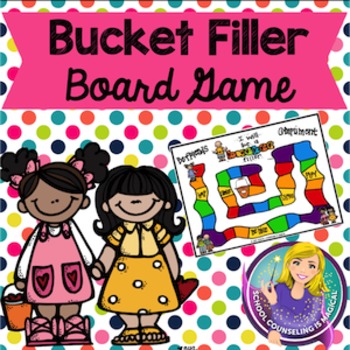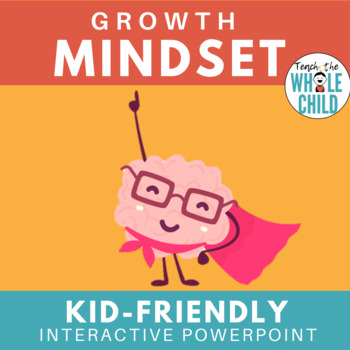My kickoff lesson for 3rd grade two years in a row now is to teach about how different problems are different levels of seriousness. It sets us up well for our conflict resolution and problem solving theme and is the perfect opening for me teaching them how to appropriately self-refer to me.
The first thing we do is play a round of "Pass the Cat" (like hot potato) using Felix the Feelings Cat (a kimochi doll I have that has a belly pocket). Inside the belly pocket are some basic questions reviewing the role of the school counselor. Most of them were at my school last year and had my amazing co-counselor, but I like to do a short review for new students and to give me a jump start in learning names.
Then I send them back to their desks and ask
"What if I told you that this morning I spilled my milk all over my floor - that would be a problem, right? Well what if I told you that I woke up this morning and my house had flooded - that would be the same, right? Or are they different sizes of problems?". I then have them brainstorm with me about weather analogies for problems starting with the biggest (I'm shooting for tornado but this year's weather-savvy cohort also gave me hurricane, tsunami, and earthquake), medium (thunderstorm), small (rain), and tiny (windy or cloudy). I draw these on the board as we go to help them remember, because I believe in visual learning, and to help out the big chunk of my friends that are ELL. To get down with our kinesthetic side, we also come up with a hand motion for each of the four sizes.
Every student is then given a problem. They are all real problems my 3rd graders have had over the years and they range drastically in size. I give them a minute to read it to themselves and then ask them to leave their desks and group themselves by what size problem they have and encourage them to use their hand signals.
*At this point I get a clump of kiddos who have no idea what size to go with. I encourage them to ask a classmate*
Once in position, I put a visual card on the floor by each group and have them place their problem cards around it. We then do a gallery walk: they walk silently through each of the four weather stations and read the problems. We get back together and I ask if they all seemed correct or if they would make some changes - no surprise, lots of changes needed. I then let them move the cards if they think they are actually smaller or bigger AND if they can find two classmates that believe them. Magically, even though some problem cards get moved a gazillion times during this 5 minutes, my classes all seemed to get them much closer to accurate.
Depending on time on their accuracy, I might project the problems one by one quickly and answer any questions or explain why they were terribly wrong (The biggest error? Putting problems like "Someone gave you a mean look" in thunderstorm). We talk about which size problems they can handle on their own and which require an adult's help.
This leads perfectly into my explaining the self-referral process and my "Let's Talk" self-referral forms. We go through each component of it. I give an extra high-five and "kiss your brain" to the kiddo that can explain why I don't put "windy" as an option!
For a (free) electronic download of this form: https://www.teacherspayteachers.com/Product/Self-Referral-Counseling-Slips-2802970
For a (free) electronic download of the problem size visuals: https://www.teacherspayteachers.com/Product/Weather-Problem-Size-Visual-Chart-2818098
For an electronic download of the problem size sort cards: https://www.teacherspayteachers.com/Product/Problem-Size-Weather-Sorting-Cards-2818096



























